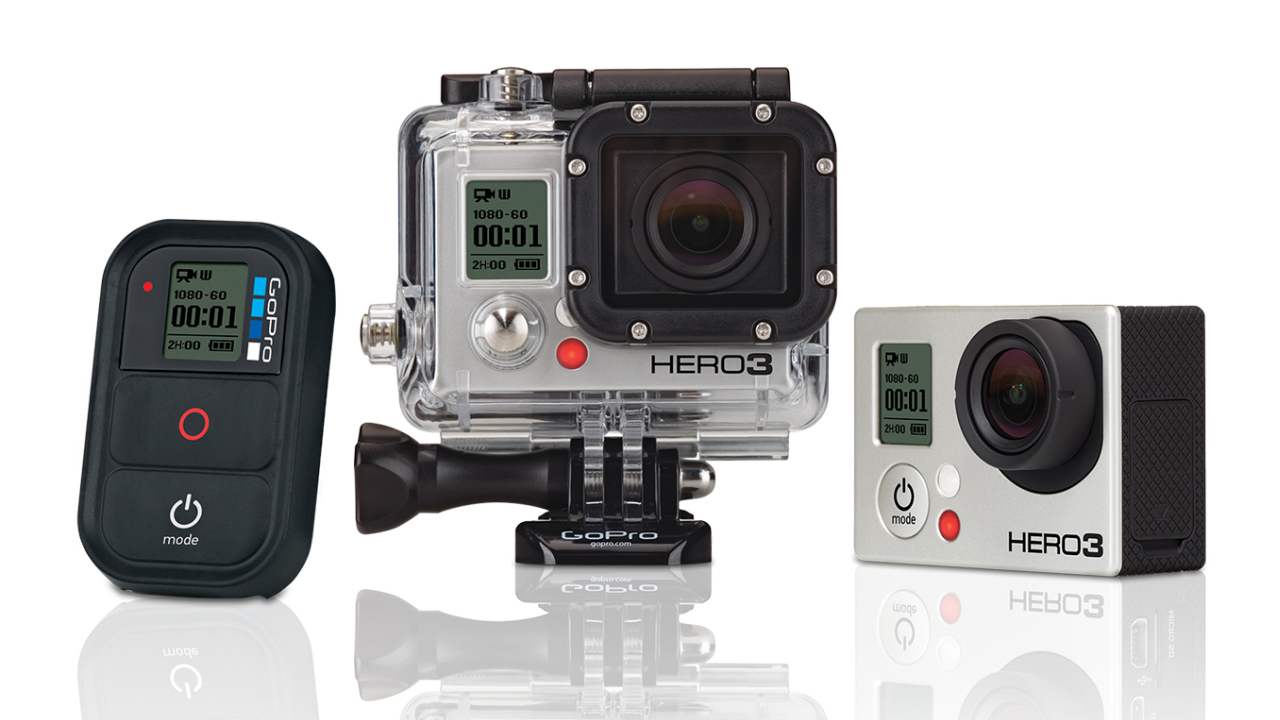Why Ultra HD video will make you want a better PC
How the GoPro Hero3 brings even the most powerful PCs to its knees

Confession time. I may have got this whole PC performance thing a bit wrong.
For some time now, I've been putting it about that we'd pretty much reached the end of days for PC performance or more specifically CPU performance. And that's mostly true.
For nearly everything, a quad-core processor from five years ago or so is more than good enough to get the job done. Take games, one of the traditional heavy loads for CPUs.
Well, the arrival of the new Sony PS4 makes it very clear that PC processor performance isn't going to come under any pressure from next-gen games. The simple fact is, the PS4's CPU is too feeble for that.
Indeed, if you look at what Intel has been doing the last few years with its CPUs, you'd have to conclude that it too thinks CPU performance has become less critical.
Sandbag CPUs
In short, Intel has been sandbagging, sticking with incremental increases in quad-core performance for its mainstream chips and even turning off a couple of cores in its Xeon-derived high end chips.
But for the last few weeks I've been playing with GoPro's latest Hero3 video camera and I've had a moment of clarity.
Sign up for breaking news, reviews, opinion, top tech deals, and more.
Now I did, of course, already know that high definition video can be a killer on CPU performance. Not so much playback, but certainly editing and encoding.
But the Hero3 has taught me a few things I didn't know. Partly that's down to its sheer, giddy capabilities. It won't just do 1080p HD. It'll do it at 60 frames per second. Or it will do 1440p at 48 frames per second. Or 2.7k at 30 frames per second.
It's kind of crazy. And it generates video files that actually cause a problems for some PCs, particularly laptops, when it comes to simple playback.
But that's nothing as to the carnage they cause when it comes to editing cuts together, it's just brutal. Again, this isn't exactly news hot off the press.
What I didn't full appreciate is just how much I'd want to use the Hero3. It's a combination of the absolutely preposterous image quality (as in good) and the size and flexibility of the thing.
It's small enough to take anywhere and so easy to use, you almost always seem to get a great shot with phenomenal image quality. So you end up wanting to take it with you pretty much everywhere and record pretty much everything.
And, crucially, you don't want to compromise on resolution and frame rate. Why should you, when the camera is capable of them?
Quad-core don't cut it
But then you come to the editing phase and the fun begins to drain out of it. I get impatient and I'm coding on an eight-core Xeon. Lord only knows what it must be like on a five-year-old quad-core chip. Shudder.
What's more this isn't a problem that lends itself easily to just shunting the problem up to the cloud. When you're generating a gigabyte or more of video every five minutes, pushing that up to the cloud for processing isn't going to be a problem that gets solved any time soon.
No doubt the next GoPro Hero will up the ante to 4K at HFR frame rates (the Hero3 already does 4k at 15 frames per second) and then things really are going to get very silly indeed. So what about it Intel? Let's have your best shot, not more of these sandbag CPUs.
In the meantime, I'm going to be taking a closer look at encoding Ultra HD video on GPUs. More on that soon...
Technology and cars. Increasingly the twain shall meet. Which is handy, because Jeremy (Twitter) is addicted to both. Long-time tech journalist, former editor of iCar magazine and incumbent car guru for T3 magazine, Jeremy reckons in-car technology is about to go thermonuclear. No, not exploding cars. That would be silly. And dangerous. But rather an explosive period of unprecedented innovation. Enjoy the ride.